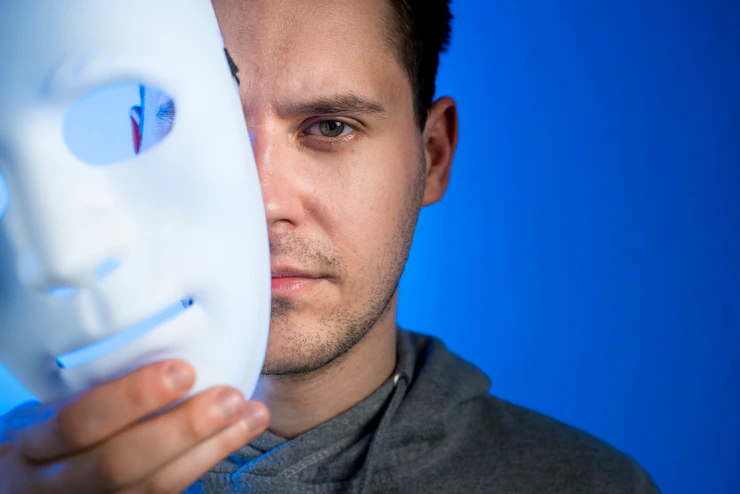Dissociative Identity Disorder (DID), formerly known as multiple personality disorder, is a complex and often misunderstood mental health condition. It is characterized by the presence of two or more distinct identities or personality states within an individual. These identities, referred to as alters, may have their own unique behaviors, memories, and mannerisms. Recognizing the signs of DID is crucial for early detection and effective management of this condition.
- Fragmented Memory and Gaps in Recall: One of the hallmark signs of DID is significant fragmentation of memory. Individuals with DID may experience memory gaps or amnesia for certain periods of time, events, or personal information. They may also receive accounts from others about actions or conversations they have no recollection of. These memory disruptions can be distressing and may lead to confusion and a sense of detachment from one’s own life.
- Identity Alterations and Switching: Individuals with DID may exhibit sudden and distinct shifts in their sense of identity, commonly known as “switching.” These switches can be spontaneous or triggered by stressful situations. During a switch, the person may adopt a different name, voice, and mannerisms, often unaware of the change. These identity alterations can be disorienting and may result in significant disruption to daily functioning.
- Coexistence of Alters: The presence of different alters is a defining characteristic of DID. These alters can vary in age, gender, temperament, and personal history. Each alter may have its own unique set of behaviors, preferences, and memories. Co-consciousness, where two or more alters are aware of each other’s presence, can also occur in individuals with DID. It is important to note that these identities are not separate individuals but different aspects of the same person’s psyche.
- Dissociative Symptoms: Dissociative symptoms often accompany DID and can manifest in various ways. These symptoms include depersonalization, where individuals feel detached from their own body or emotions, and derealization, where the external world seems unreal or distorted. Other dissociative symptoms may include feeling as if time is passing slowly or quickly, experiencing emotional numbing, or having out-of-body experiences.
- Childhood Trauma or Abuse: DID is often associated with a history of severe childhood trauma or abuse, particularly during early developmental stages. Traumatic experiences, such as physical or sexual abuse, neglect, or witnessing violence, can overwhelm a child’s capacity to cope and lead to the fragmentation of identity as a protective mechanism. However, it’s important to note that not everyone who experiences trauma will develop DID, and not all individuals with DID have a known trauma history.
- Comorbid Mental Health Conditions: People with DID commonly experience comorbid mental health conditions, such as depression, anxiety disorders, post-traumatic stress disorder (PTSD), substance abuse, self-harm, or eating disorders. These conditions often coexist with DID and can complicate the diagnosis and treatment process.
Recognizing the signs of DID can be challenging, as individuals with the disorder often conceal their experiences due to fear, shame, or lack of awareness. Moreover, the symptoms of DID can overlap with other mental health conditions, making it crucial to consult a qualified mental health professional for a comprehensive assessment and accurate diagnosis.
If you suspect that you or someone you know may have DID, it is essential to seek help from a mental health professional who specializes in trauma and dissociative disorders. Early diagnosis and appropriate treatment, which may include therapy (e.g., trauma-focused therapy, cognitive-behavioral therapy) and medication, can greatly improve the quality of life for individuals living with DID.
Remember, understanding and empathy are key when it comes to supporting individuals with DID. With proper recognition, intervention, and support, individuals with DID can work towards integration and a more cohesive sense of self, leading to improved overall well-being.










